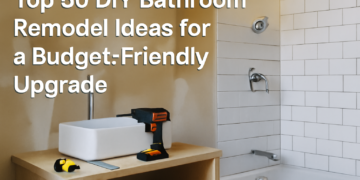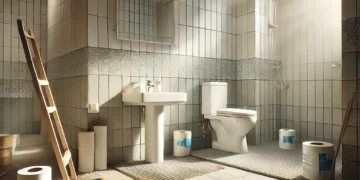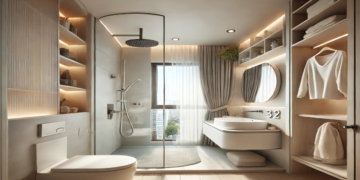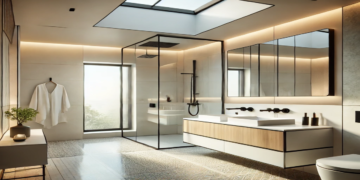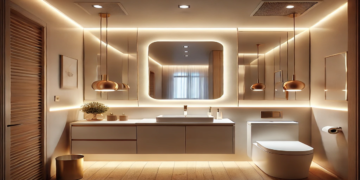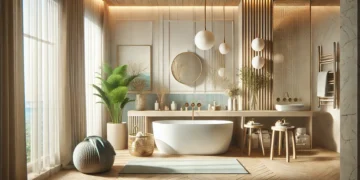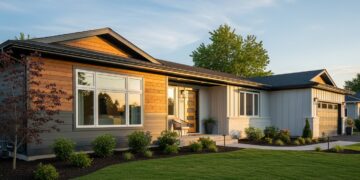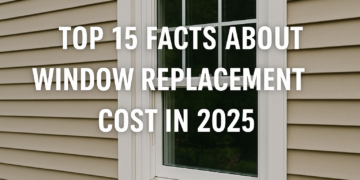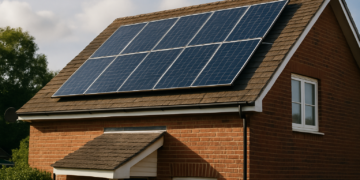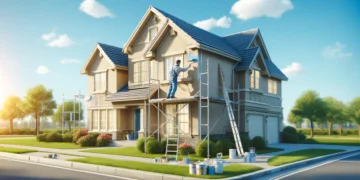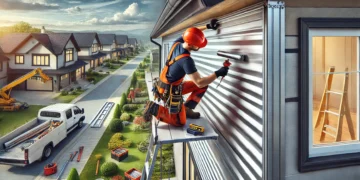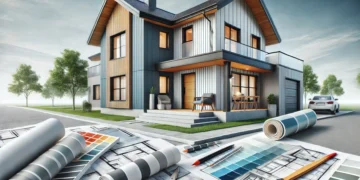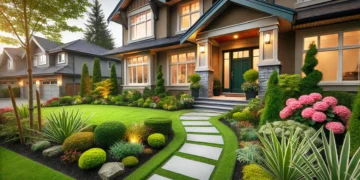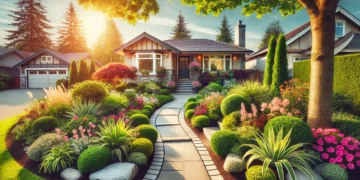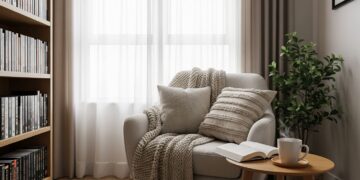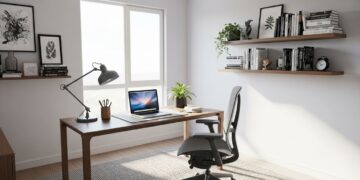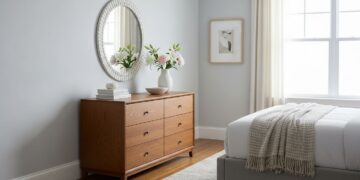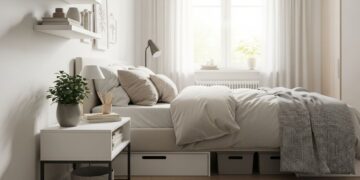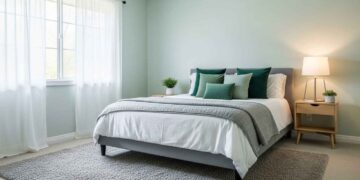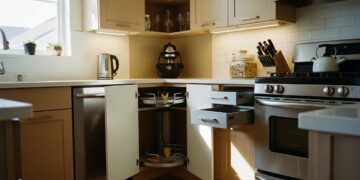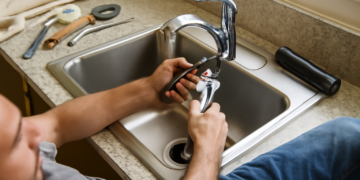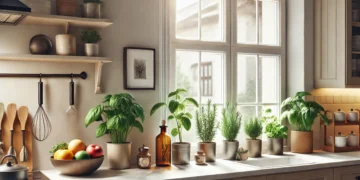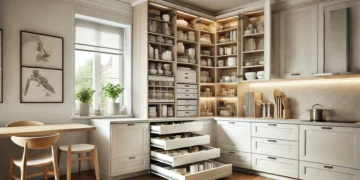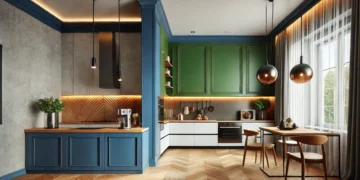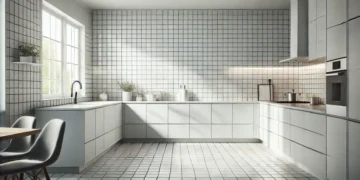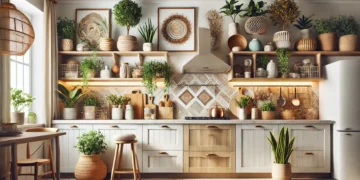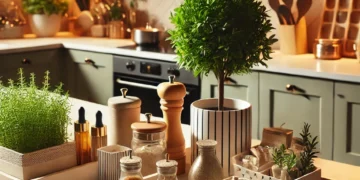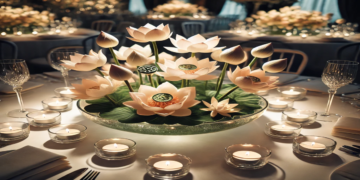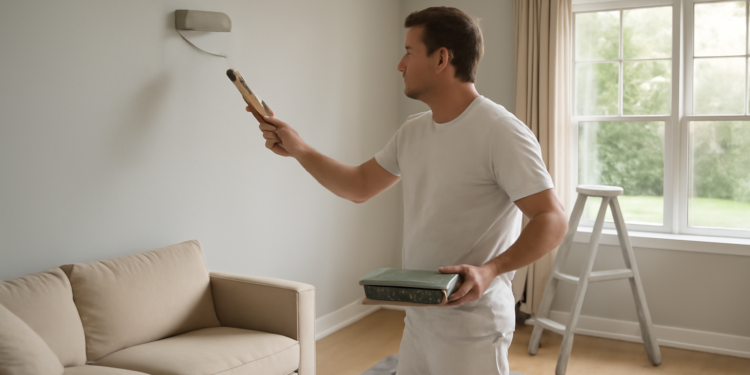Painting the interior of the house can rejuvenate its appearance. As we start considering painting our homes, a common question is: How much will it cost to paint the interior? The present guide will confront the issues that serve as the main factors of the house painting interior cost and provide the points that help the project be planned.
Factors Affecting the Cost of Painting the Interior of a House
1. Size of the Home
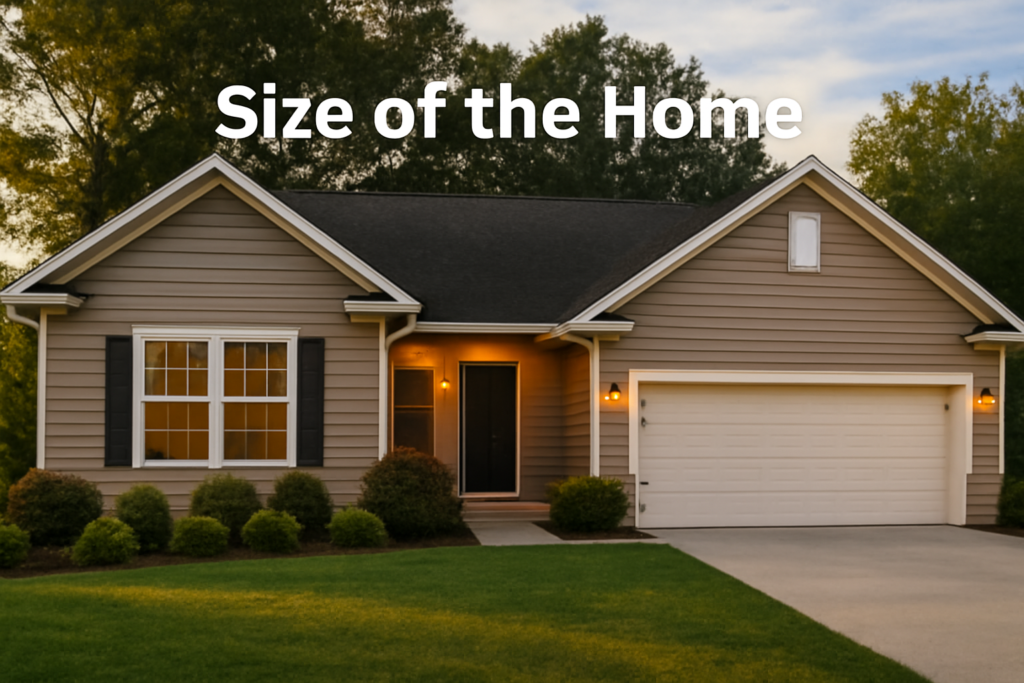
The area where the house is situated is one of the main factors that can determine the cost of painting a house’s interior. More significant homes need more paint and labor, heightening the cost.
2. Number of Rooms
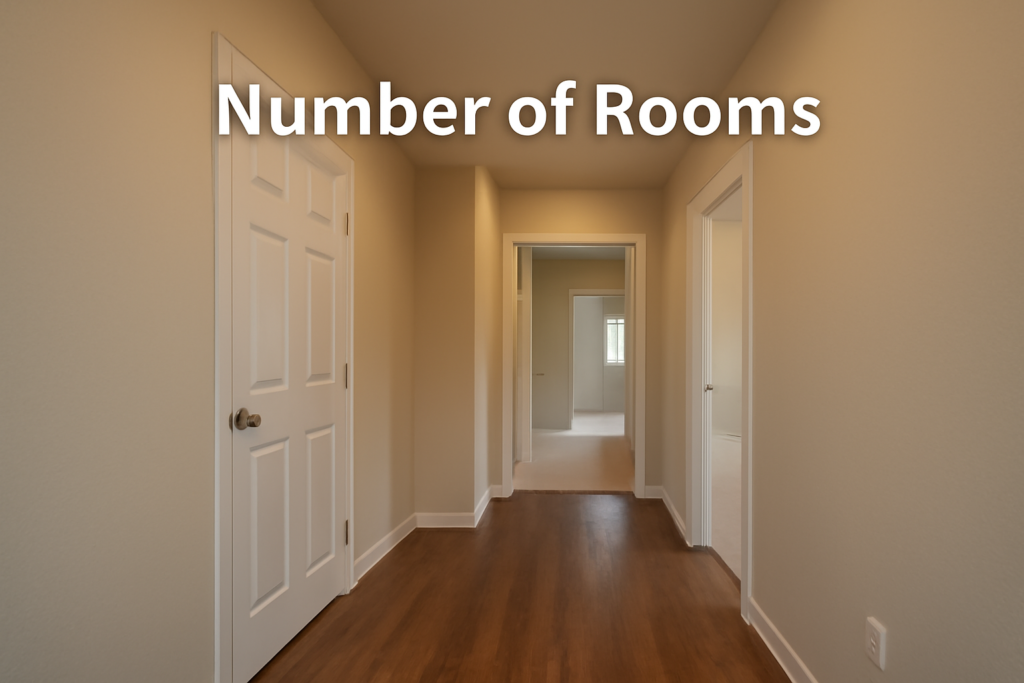
Room numbers are what influence the cost of painting a house’s interior. More rooms imply more surfaces to work on, so the total price can increase.
3. Wall Condition
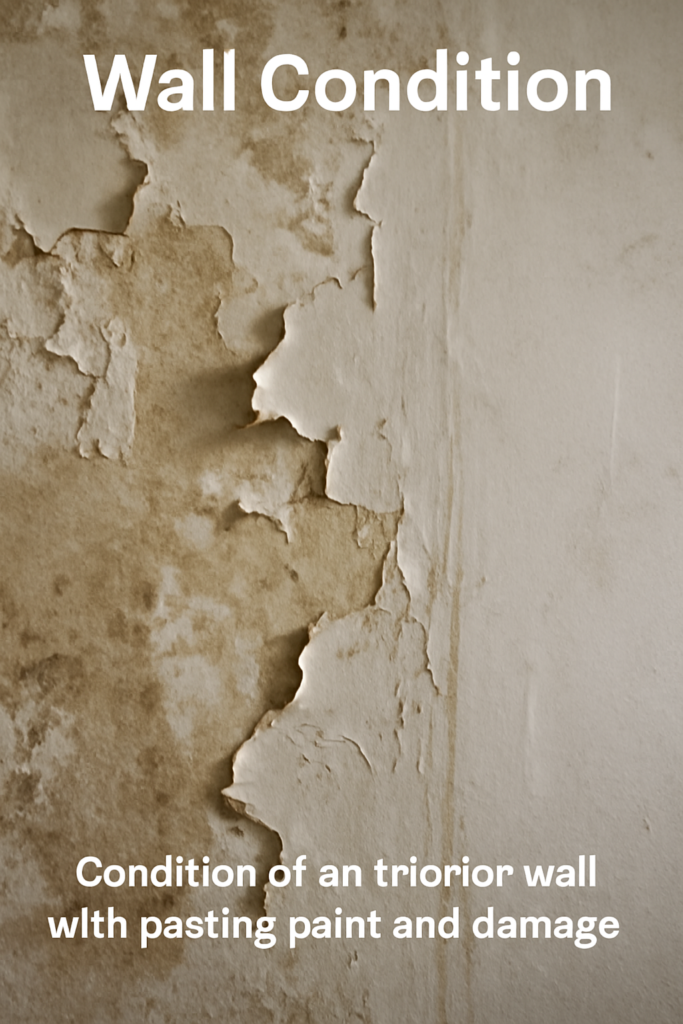
Wall conditions play a role in the calculation of the house painting interior cost. Walls that are not in good shape may need inventories or further preparations that will lead to a higher expense.
4. Paint Quality
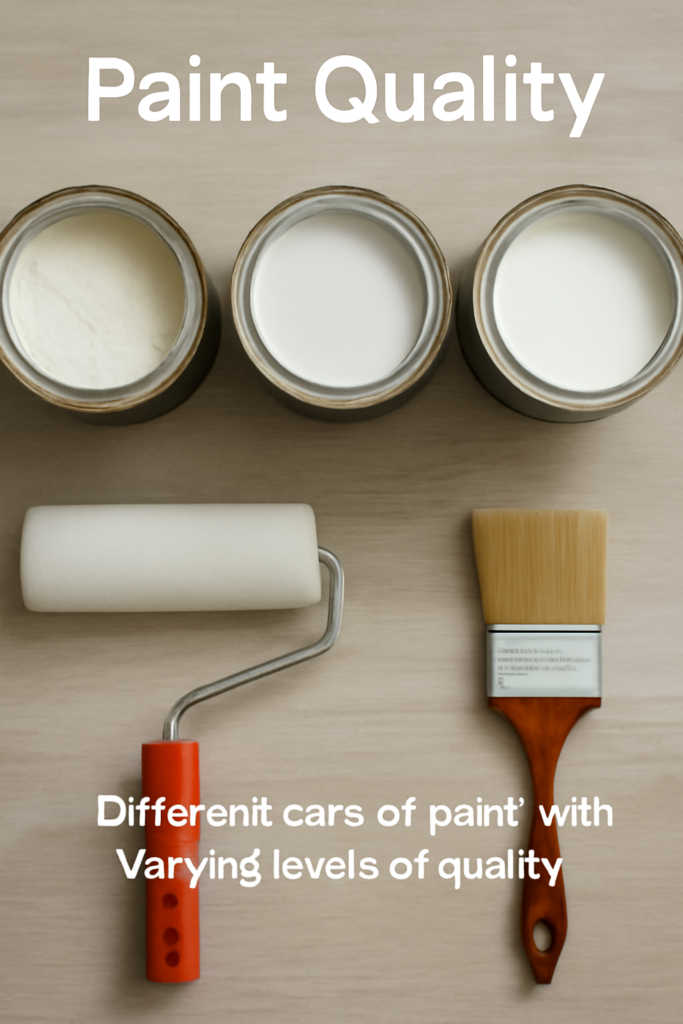
The choice of paint quality is a significant factor affecting the cost of house interior painting. Although high-quality paints give much better performance, they typically cost more and also last longer. When considering paint colors and quality for your home, you might find some insights in our article about trendy ranch-style house exterior paint colors, as the principles of quality and longevity apply to interiors as well.
5. Labor Costs
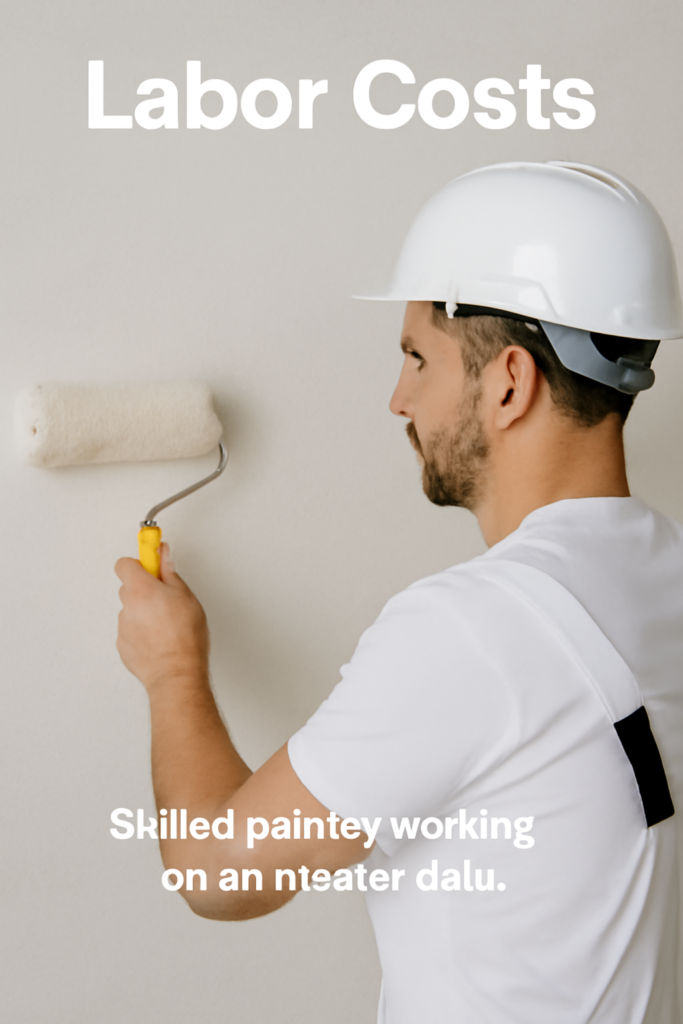
Labor is another tricky point in the cost of the house painting interior. Whenever hiring skilled painters, depending on expertise and location can be on the verge of being a costly investment.
Average Cost to Paint the Interior of a House
The average cost of interior painting in the home has a very large range. On the other hand, homeowners may consider using services from $2 to $6 per square foot to redesign their houses.
Breakdown of Costs

The body provides the following cost ranges for painting interiors:
Small room (10×12 feet): $200-$800
Large room (14×16 feet): $300-$1,000
Entire house (2,500 square feet): $5,000-$15,000
DIY vs. Professional Painting
DIY Painting
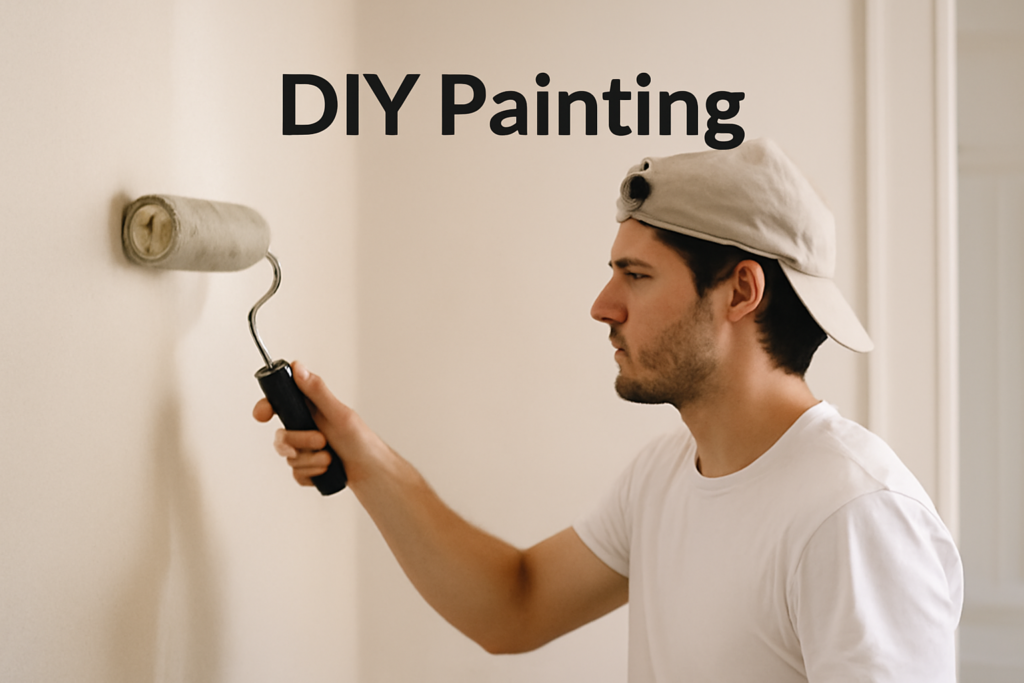
The decision to paint the house interior on one’s own can help in saving on the cost of painting a house interior. However, the work is tedious and needs a lot of attention and skill. For more budget-friendly home improvement ideas that you can tackle yourself, check out our article on affordable home decor ideas.
Professional Painting
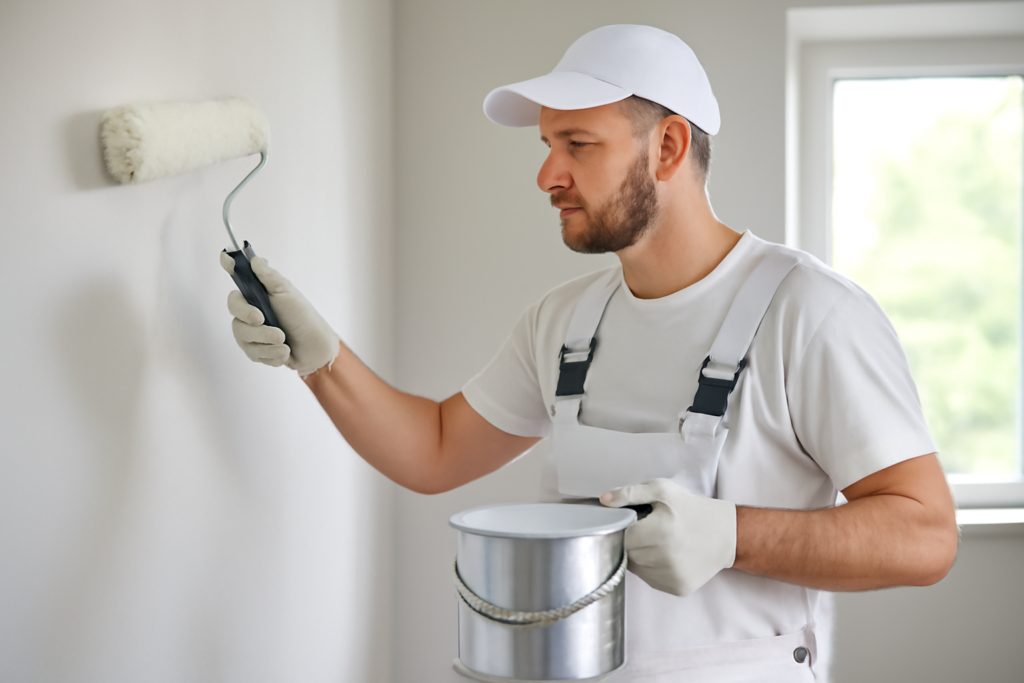
While the costs of the house painting interior may increase, hiring professionals can guarantee a high-quality finish and save you time.
Tips to Reduce the Cost of Painting the Interior of a House
1. Get Multiple Quotes

Get quotations for painting the interior; in this way, you can compare the prices and choose the best cost to paint a house interior.
2. Choose the Right Time

Painting can be done in the off-season when the demand is low, and hence, the cost to paint a house interior can be theoretically reduced.
3. Prepare the Space
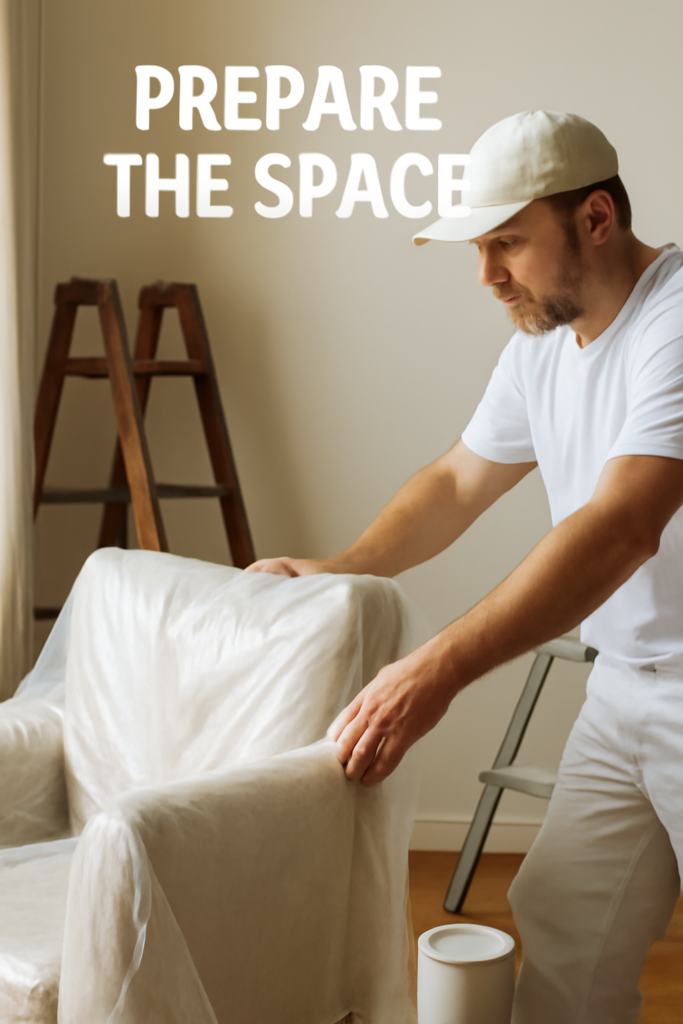
It is a good idea to get involved in your preparations, and thus you can diminish the house painting interior cost, for example, by shifting the furniture or refreshing the walls.
4. Buy Quality Paint

Buying the right paint can help you to paint the house interior at a lower cost in the long run, as it will need fewer coats and last longer.
5. Consider Color Choices
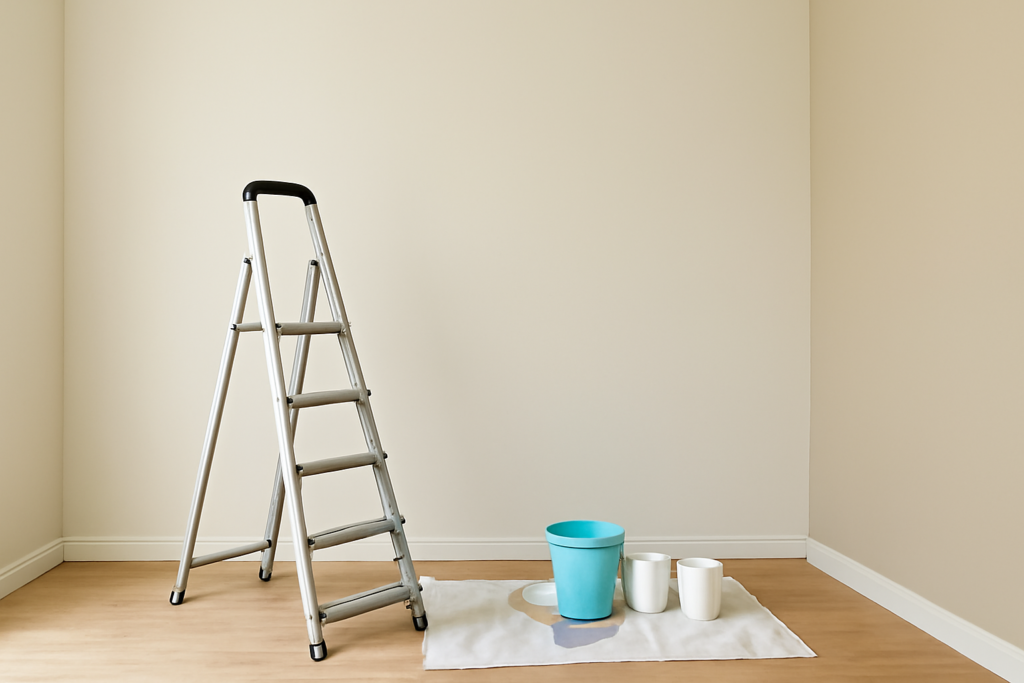
Use neutral colors to cut back on the number of layers and thus potentially reduce the cost of painting the interior of the house.
Additional Considerations
Ceiling Painting
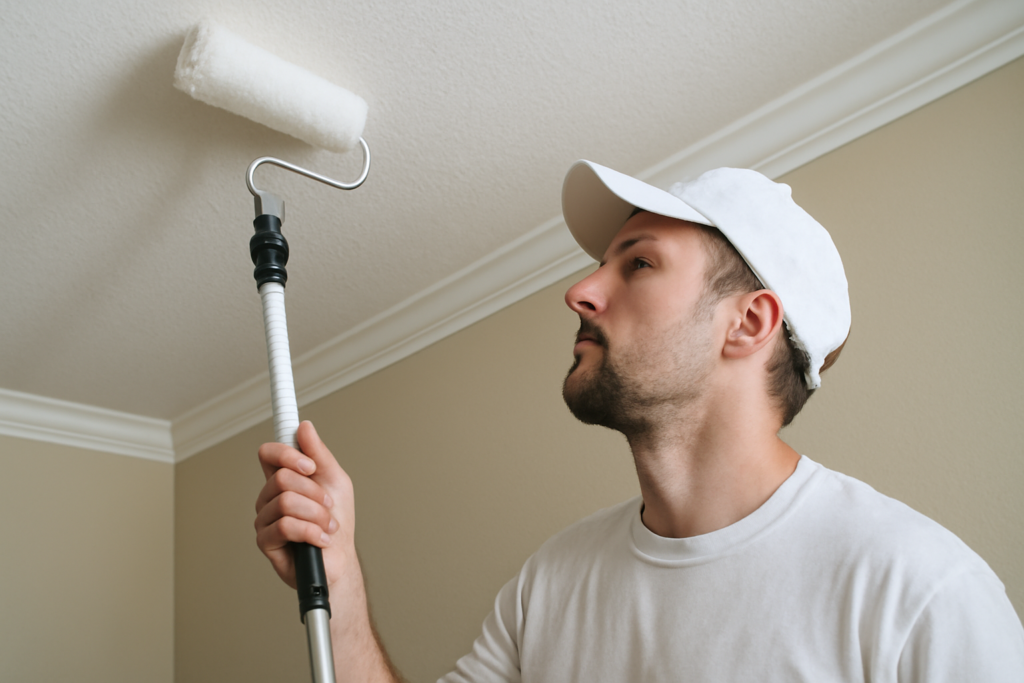
Painting the ceilings encourages an increase in the cost of painting a house’s interior. It usually requires arduous work and specific equipment. For helpful tips and techniques on how to effectively paint ceilings, you might find guides from DIY experts like Bob Vila informative.
Trim and Baseboards
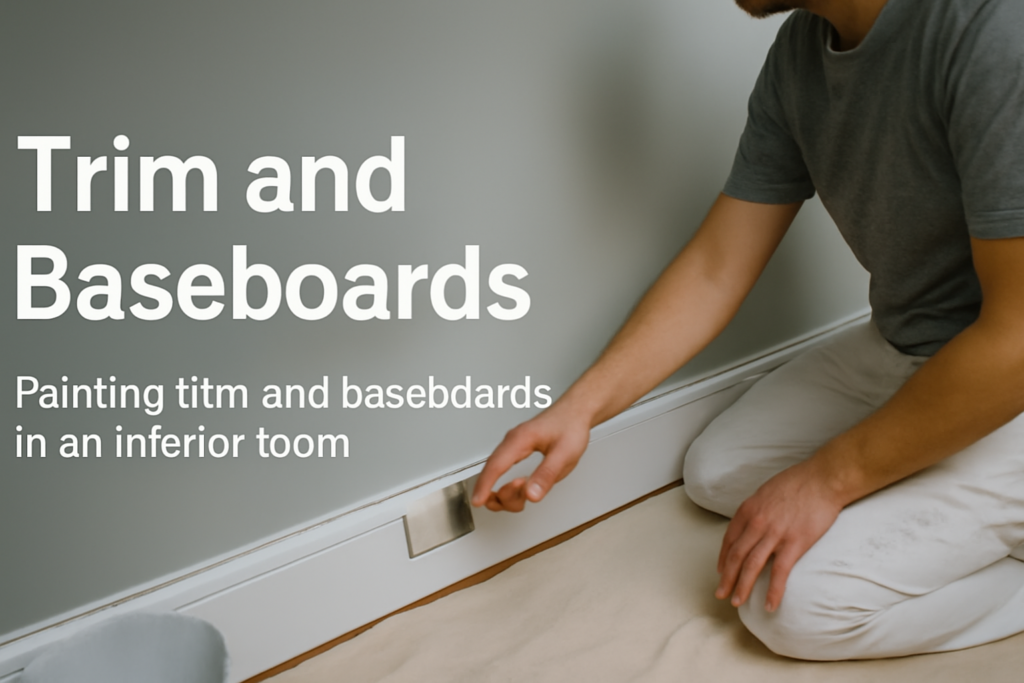
Painting the trim and baseboards increases the house painting interior cost, but also adds greatly to the overall appearance of the room. Just like the details on your home’s exterior enhance its curb appeal, the finishing touches inside contribute significantly to the design, as explored in our article on home front design ideas.
Special Finishes

The inclusion of textured finishes or faux painting techniques can be the determining factor of how much the cost of painting a house interior is.
Cost-Saving Strategies for Interior House Painting
1. Paint Selection

The kind of paint to select can, to a great extent, change the cost to paint the interior of a house. By using middle-layered paints, one can achieve a balance between paint quality and price.
To explore the different types of interior paint available and their respective qualities, guides from reputable manufacturers such as Sherwin-Williams offer detailed information
2. Color Consistency
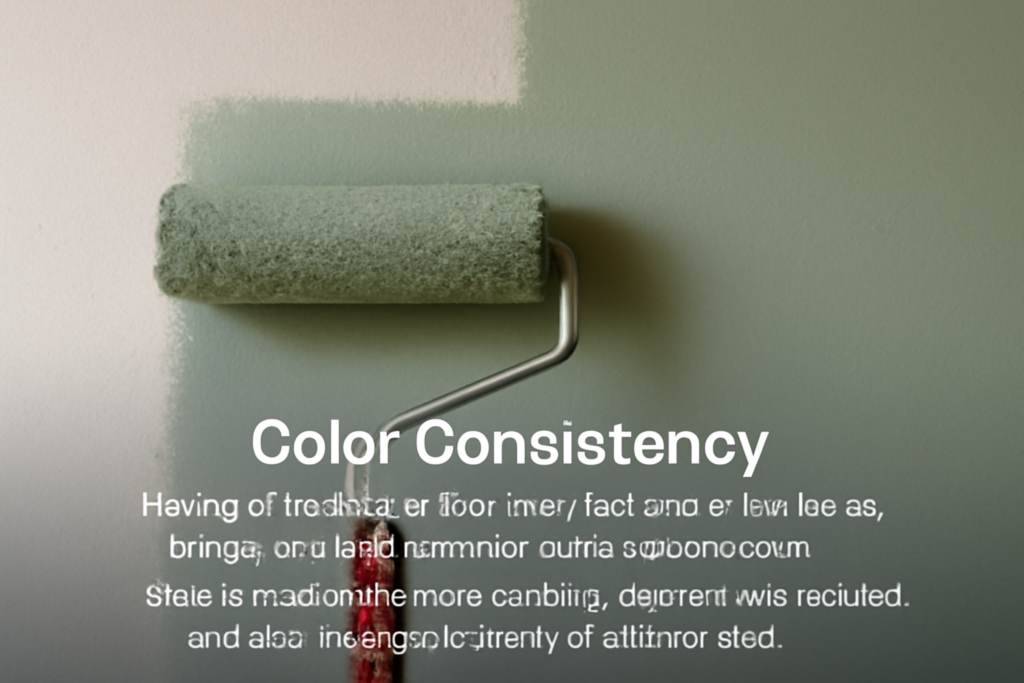
Having an interior house painting budget can be as simple as using the same color in each room, since it means that some painting steps that might have been required for color mixing are now avoided, and also the right quantity of paint is used.
3. Proper Planning

Designing a good plan will help you not only save money but also minimize waste and thus decrease the total cost of interior house paint. Estimating the area of a room and, thus, the amount of paint needed is another way to avoid buying extra paint.
4. Off-Season Painting

Painting during the slow season may make the cost of interior painting the house cheaper. This advantage is because the painters may offer their services at a discount during this time.
Long-Term Benefits of Quality Interior Painting
1. Increased Home Value
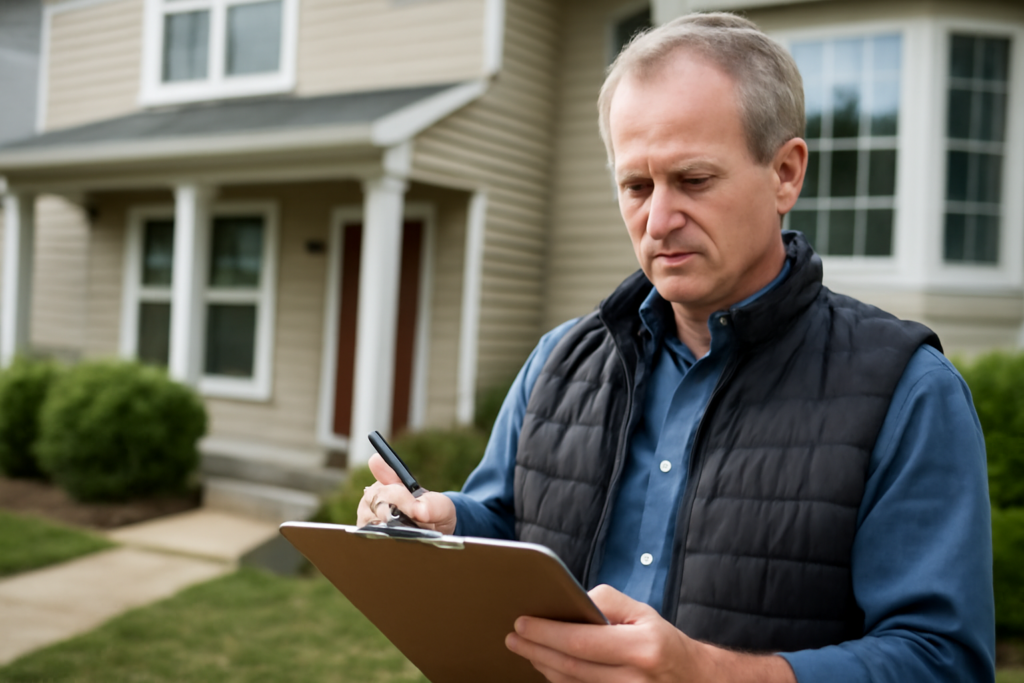
The initial cost of getting your house painted inside may be somewhat excessive, however, a high-quality job will significantly increase the monetary value of the property, making it a worthy investment.
2. Improved Durability
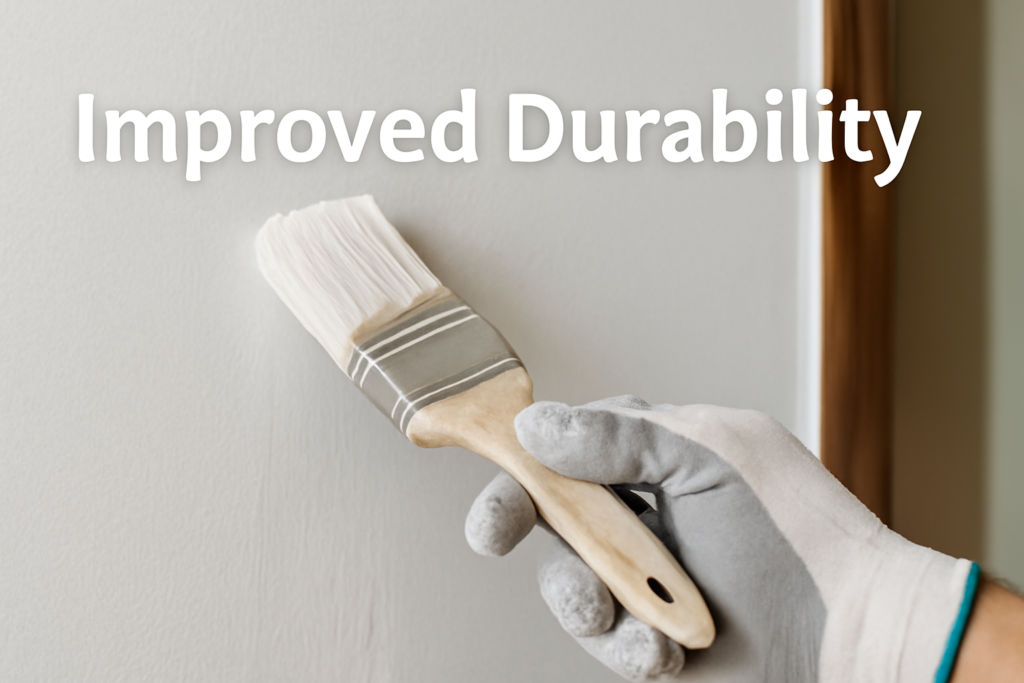
More expensive, though good-quality paints provide the benefit of not needing repainting in short times, in turn decreasing the long-term house painting interior cost.
3. Enhanced Aesthetics
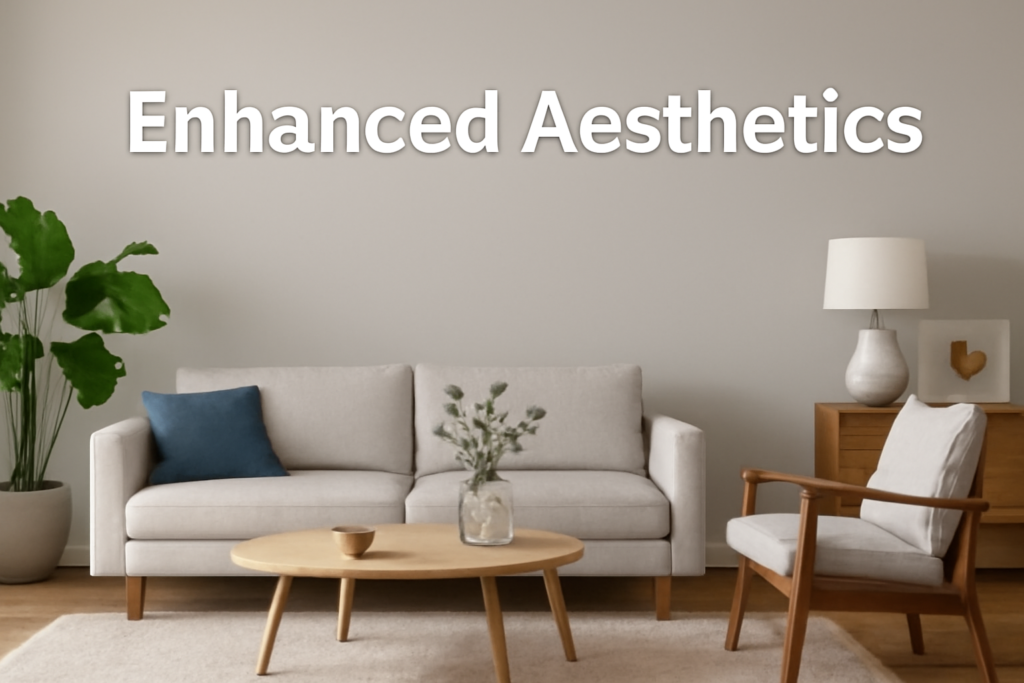
A good house painting job can transform the whole atmosphere of the interior area, making it a worthwhile way for the homeowners. However, they need to pay highly in this respect.
Preparing Your Home for Interior Painting
1. Clearing the Space
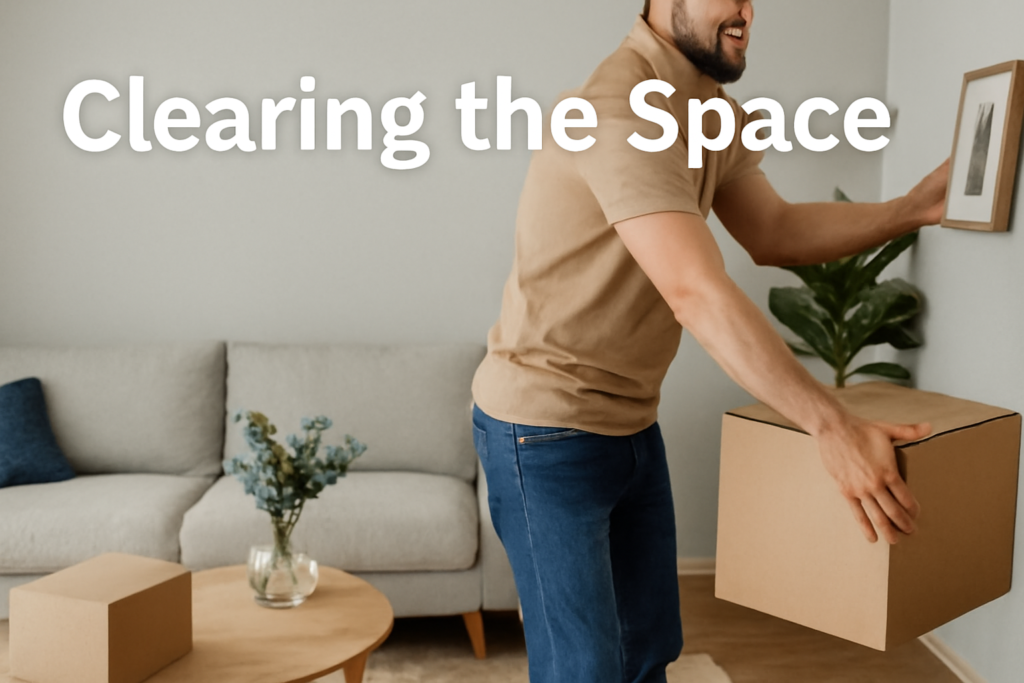
When preparing for interior painting, removing clutter from the room is the first thing that needs to be done. This will lessen the cost of the cost to paint the house’s interior. Shifting items around and removing wall decorations will no doubt speed things up for the painters.
2. Cleaning the Walls
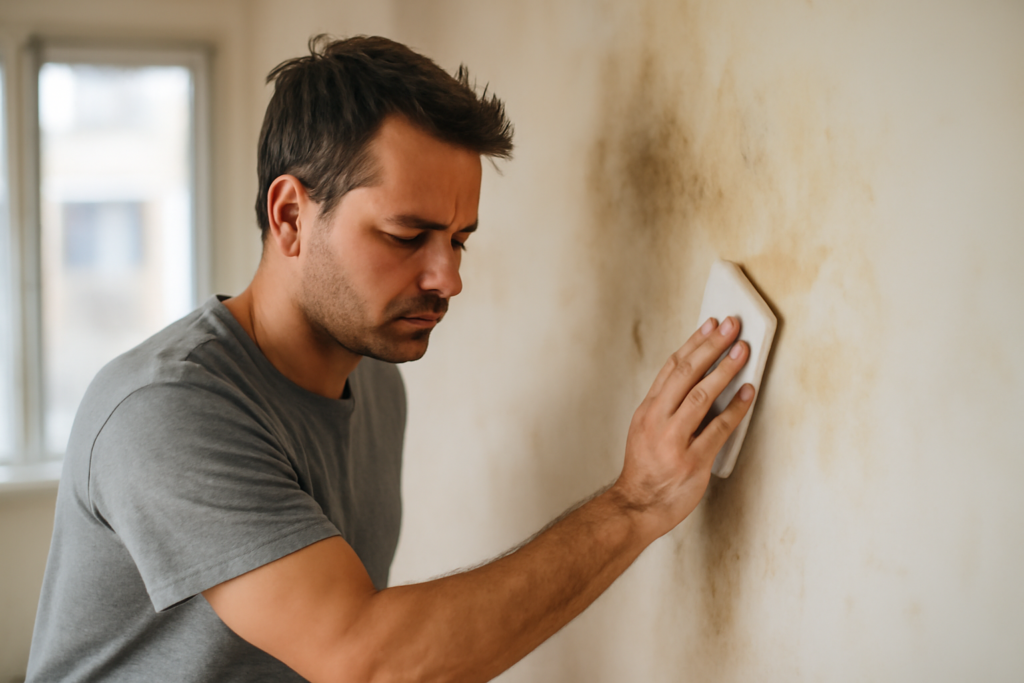
Since clean walls are a critical part of painting, it should be the first task. The burnt walls can be cured, and the new paint may hold better.
3. Repairing Damage

Making sure the walls are free from any flaws is the primary step. This will alter the interior wall paint cost. Flat walls require a smaller quantity of paint and look better.
4. Protecting Floors and Fixtures
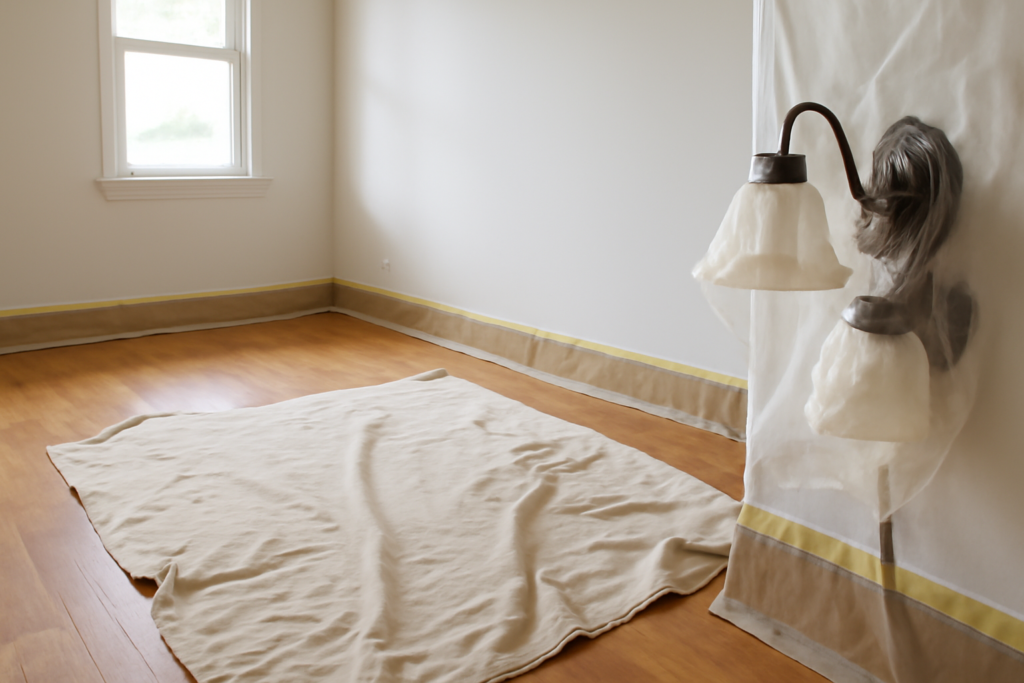
Setting drop cloths and covering floors and exposed fixtures with masking tape are vital things to be done before the painting activity begins. This not only prevents messy situations but also contributes to the cost of painting the interior of the house being less by avoiding injuries.
Choosing the Right Paint for Your Interior
1. Paint Finishes

There are different finishes of paint to choose from. It all affects the house painting interior cost. Matte finish, eggshell, satin, semi-gloss, and gloss are the popular alternatives. The choice depends on the room and how it’s used.
2. Color Selection
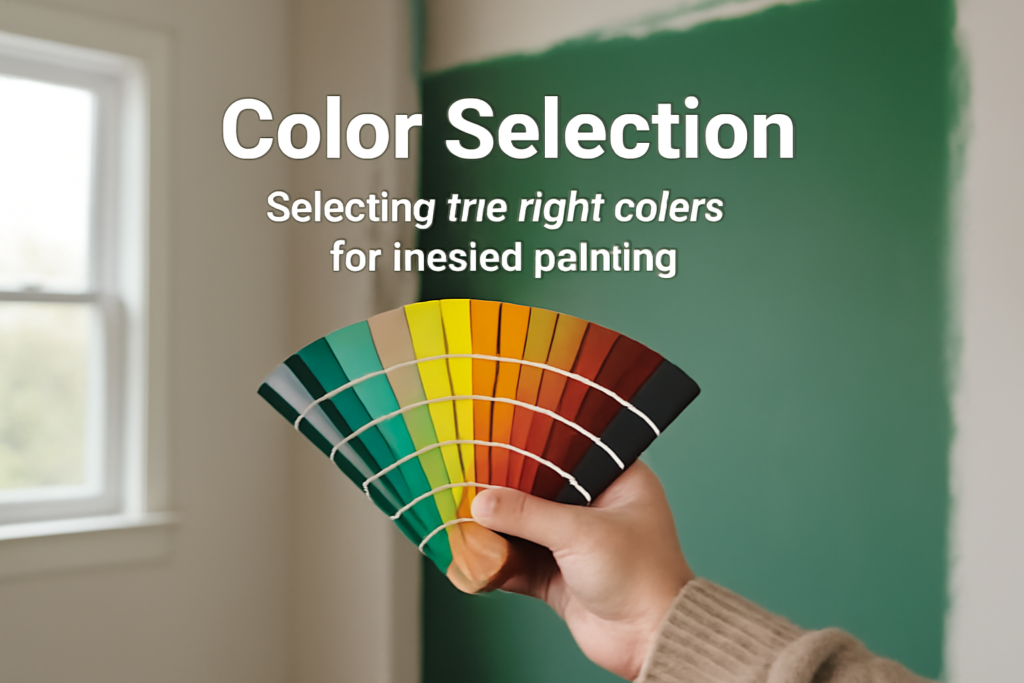
Coloring is one of the fun activities, apart from painting, that can change the painting cost of the house interior. Comparatively, light colors would need more coats to finish the room. Dark colors, on the other hand, could make the room feel smaller. But before anything else, think about the atmosphere you want to create in each room.
3. Paint Quality

The paint quality can be a factor that affects the interior house paint cost. Proper paint may cost more initially, but ultimately, it will save you money. In general, it is also a stronger, more durable paint.
4. VOC Levels

Short for Volatile Organic Compounds, VOCs are emitted from paint. Paints that are low in VOCs are deemed to be healthier for the user and the environment at large. They could be a bit expensive and are thus included in the average cost to paint the interior of a house, but they are beneficial to indoor air quality.
To learn more about the importance of VOC Levels in paints and the benefits of choosing low-VOC options, you can refer to information provided by organizations like the Environmental Protection Agency (EPA).
Conclusion
Painting the interiors of houses can be quite costly, depending on several factors. The average cost to paint a house’s interior can be high. Homeowners should also consider factors like potential long-term value addition and increased home value when weighing these costs.
By understanding factors affecting the cost of interior house painting and employing ways to save money, homeowners can indeed realize a beautiful interior painting project within their budget. The budget is an important consideration, whether homeowners decide to DIY or hire professionals, they have to bear in mind that thorough planning and addressing all the relevant considerations will be the most effective way to manage the cost of interior painting.
FAQs
Q1: What is the average cost to paint the interior of a house?
A: One can expect the cost to range from $2 to $6 per square foot, respectively.
Q2: How can I reduce the cost of painting a house interior?
A: Getting suggestions from different professionals, arranging the space yourself, and choosing a time for painting when you can get a discount are some of the ways in which you can reduce costs.
Q3: Does the quality of paint affect the interior house painting cost?
A: Indeed, superior paints are synonymous with a higher initial cost; however, they usually last longer and are more effective, especially when their quality is much enhanced.
Therefore, the use of superior paints leads to less money being spent on labor since fewer coats are needed.
Q4: Is it cheaper to DIY or hire professionals for interior house painting?
A: DIY is cheaper, but hiring pros saves time and yields better results.
Q5: How often should I repaint my house interior?
A: House paint is supposed to be reapplied every five to seven years, but this might also vary according to the rub marks or scratches that are left behind on house walls.
Are you ready to change the way your house looks? Find out right away how much it really costs to paint the inside of your house. Don’t spend too much, plan ahead, and do your best. Get the right information and make a plan before you start drawing today. You’re almost there with your dream house!

